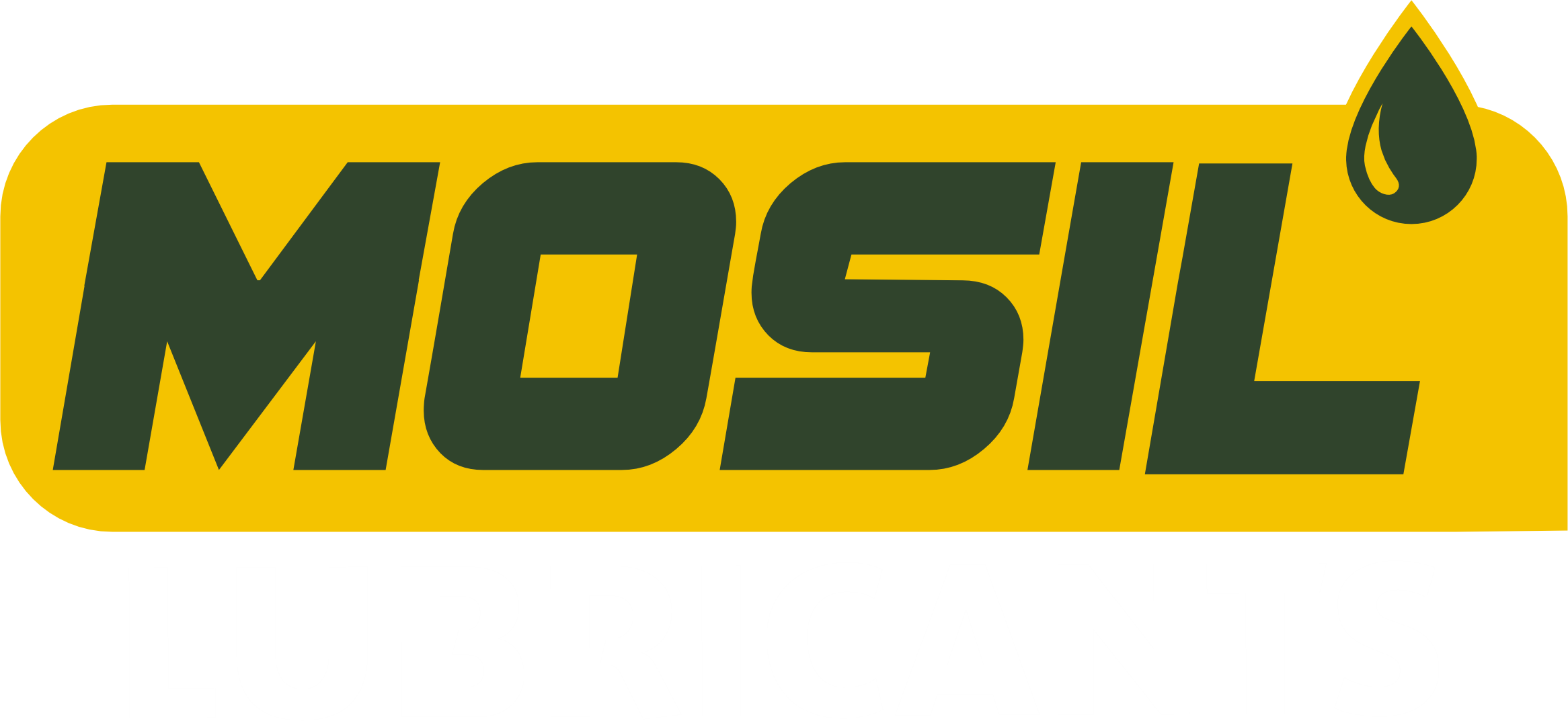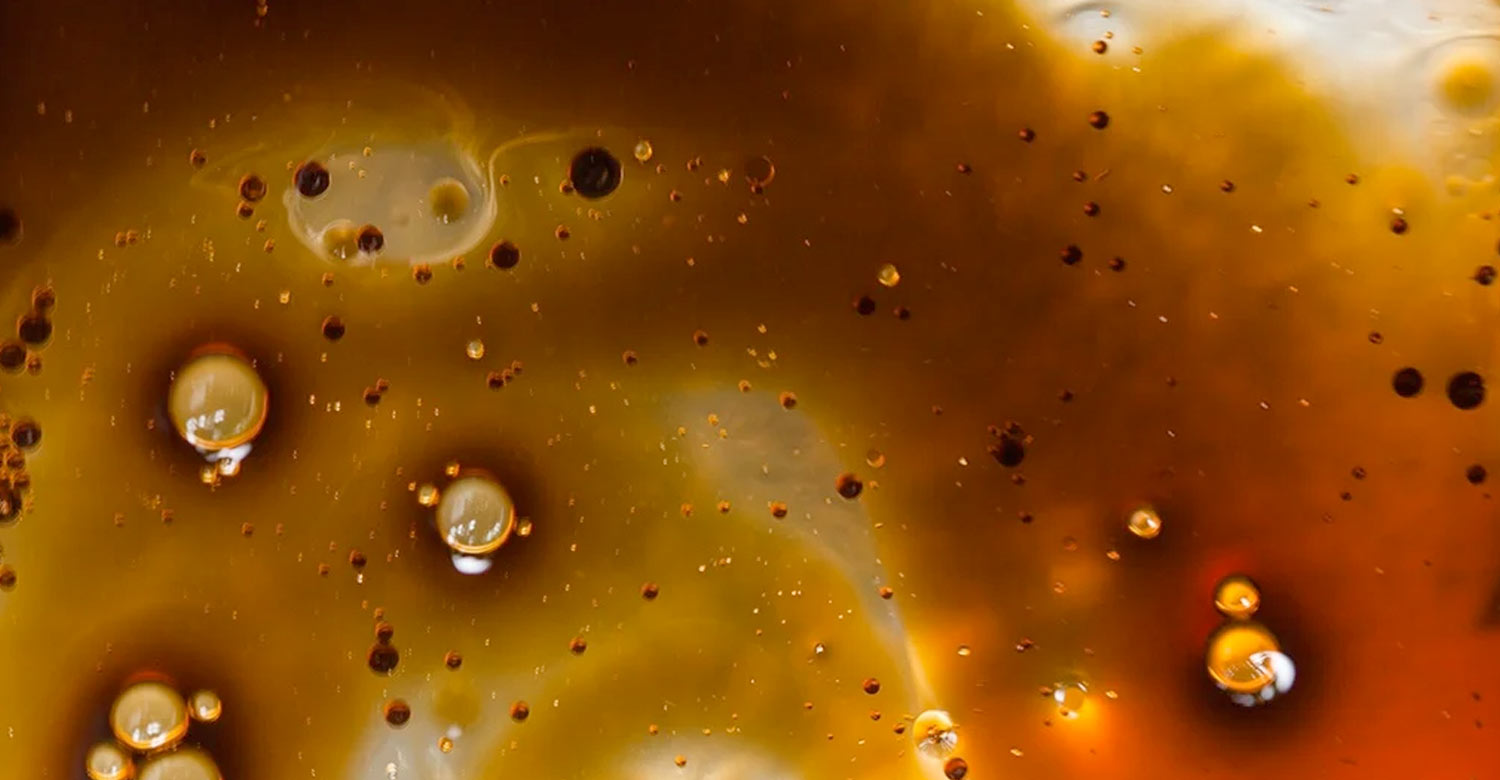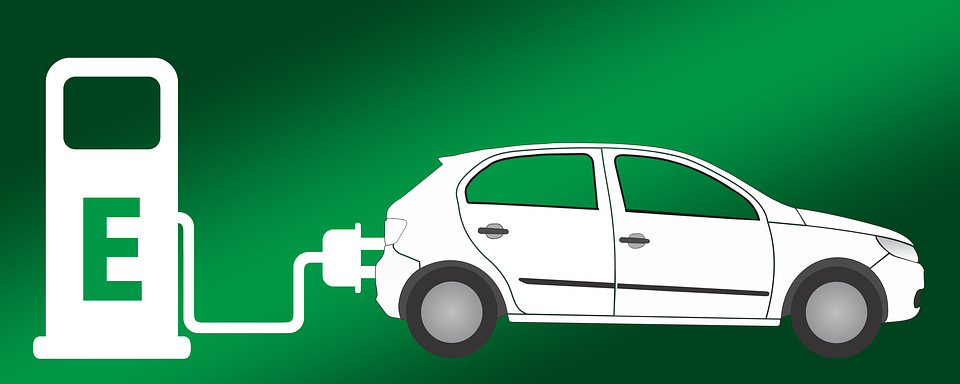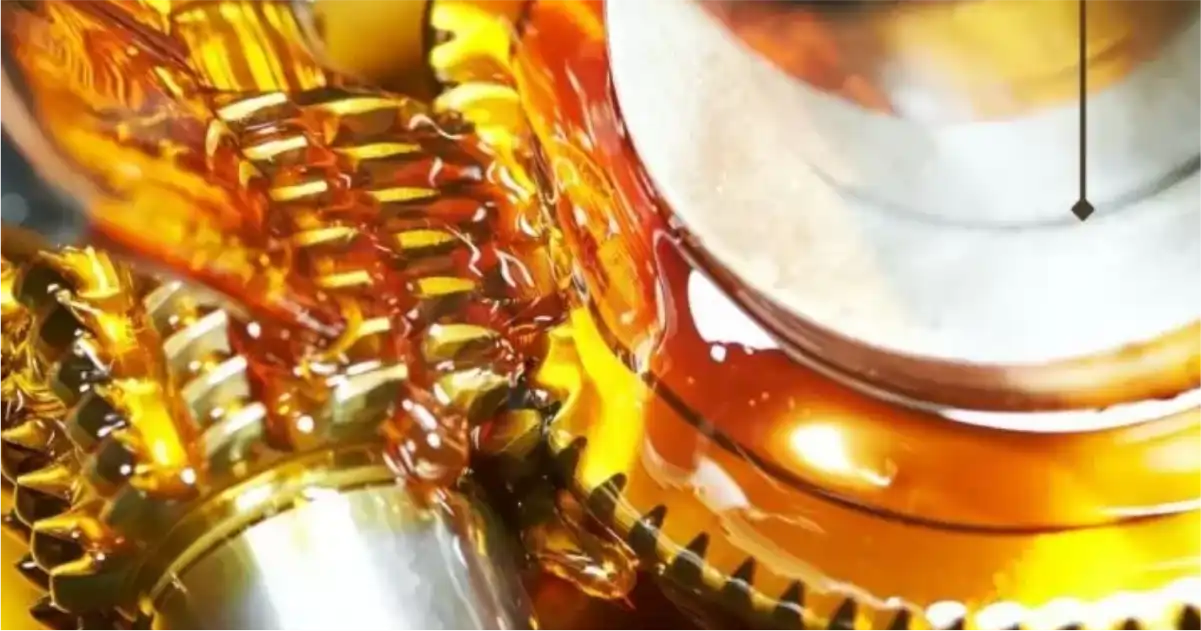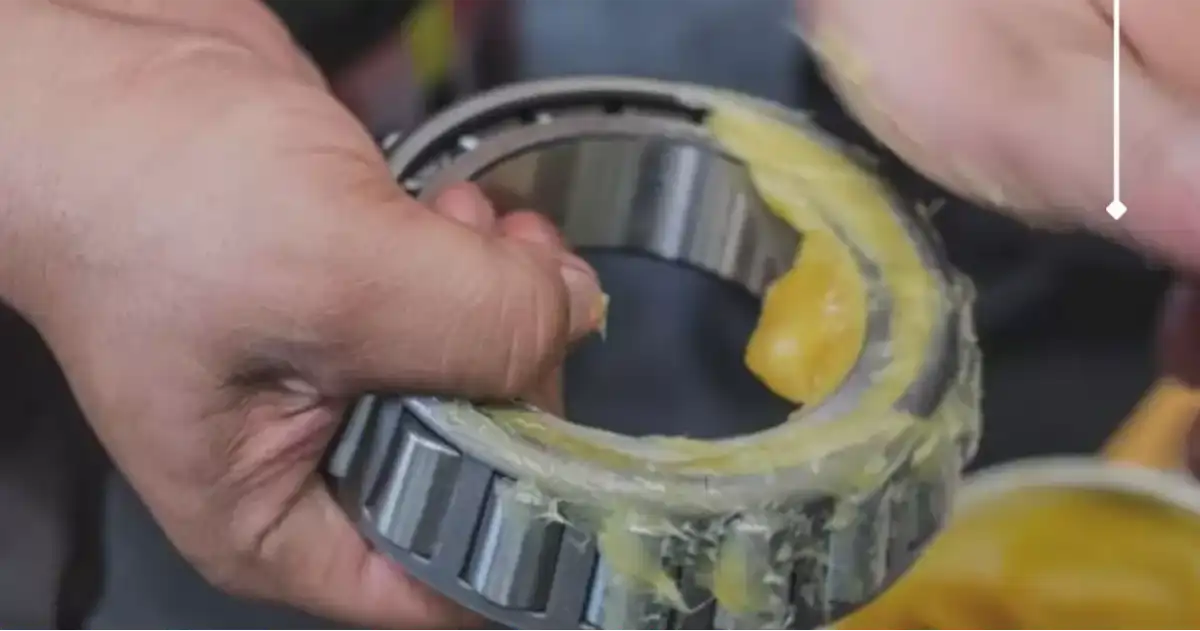Lubricant contamination control
One of the important functions of lubrication is to clean the system in which the lubrication process is going to occur. It is significant to eliminate both the contamination that is generated inside the machinery and any that may be introduced from outside. Contamination can cause the loss of lubrication properties of the oil. In order to protect the lubricant from all kinds of external contamination, it is necessary to apply technologies for keeping it really clean when it is in operation.
Different Ways In Which Industrial Lubricants Can Catch Contamination
Lubricants are sensitive to contamination during the different stages of the product, from the process of manufacture up to the moment when it is replaced.
Contamination of lubricant not only degrades the performance of the lubricant but also may affect your machinery which can further result in the equipment failure.
There are a number of ways in which lubricant products can get contaminated. Therefore we must be very careful and organized so that lubricants not get contaminated.
Lets have a detailed look over the contamination in lubricants.
Exposure to dust
Firstly, it is not right to store the lubricants in open space, they should be stored in an airtight container. The lubricant exposure to dust particles can result in lubricant contamination.
When we store the lubricants in bulk, there can be dust in nearby areas. When we don’t use or access the container for a long time, dust particles can assemble close by the opening of containers.
At the time of transferring from the storage container to any other container or machine, this residue dust can contact the lubricant.
Also read: How to minimize grease bleeding/separation
In contact with water
It is important to select a clean, dry and safe place to store your lubricants especially in bulk. There should not be any odds of rainwater or water coming from some other inner source getting blended in with your lubricants.
The place should be dry and free from any water. At the point when the water levels in an oil exceed its saturation level, it begins entering the lubricating stream. This is the place where it starts harming the grease and subsequently the machine.
Check out- MOSIL Cleaners & Degreasers
Humidity
The change in weather conditions or the presence of water inside the place where you have stored your lubricants in bulk can result in humidity. This can destroy the quality of the lubricants drastically.
The temperature must be moderate and the humidity level must not be more than a specific level.
Otherwise, your lubricant will not be able to provide the desired results.
Cleanliness of items while filling
There is a general rule in the filling or distribution of grease and oil in the plant, the lubricant is not poured directly from the barrel. Tools are used for its insertion such as hoses, pumps or guns. In this cycle, the cleanliness of all the items that are involved is fundamental to avoid contamination
Mixing of incompatible lubricants
If we mix two different types of lubricants together, surely it can result in contamination.
The original characteristics of lubricant may get affected also their capabilities can get reduced that does not share the same specifications. If you want that machinery’s lubricant keeps on performing at its maximum potential you must prevent any other type of oil from mixing with older lubricants doing well in your machinery.
Having detailed information about different contaminating particles that are present in the lubrication offers the possibility of optimizing the use of cleaning and filtration systems thereby reducing the cost of replacement, cleaning, and maintenance. It also helps to detect the root cause of contamination and to diagnose the potentially critical failure of machinery before it occurs.
